[Note: This post was published in May 2021.] Back in the fall—my therapist told me that after two years of working with her on my borderline personality disorder (BPD) symptoms and childhood trauma, I’d made enough progress in my BPD recovery to begin decreasing services. We went from weekly sessions to bi-weekly sessions. Then we did monthly check-ins. Now, seven months later, I’m on my own.
I was nervous at first to wean off therapy. I was worried I wouldn’t be able to hold myself accountable. I was worried my BPD would get worse. I was worried my relationship would fall apart and my son Nick would be scarred.
For the most part, since therapy’s ended—I’ve been doing okay. Sometimes I feel strong, confident and ready to face whatever’s thrown at me. Sometimes there’s a small flicker of hope inside me that BPD will eventually be a thing of the past. But then it comes back with a vengeance. And I quickly crumble into a raging, crying or sulking shell of a woman.
Looking on the bright side of things, at least the BPD episodes are not happening every day. At least they’re not lasting nearly as long as they used to. Things are still more manageable. My emotions are still easier to handle and I’m still better at communicating.
On the other side of that, I know myself now. I know my grasp on (BPD) recovery is slowly loosening and these small setbacks will only build up if I don’t tighten my grip.
I can’t risk going right back to zero.
If there’s one thing I’ve been reminded of in these last few months…a time where I’ve been so busy with work that I neglected this blog, my routine and my self-care…it’s that BPD recovery and taking care of myself need to take priority; just as my business, our finances and Bobby’s schooling do.
Since writing for this blog is therapeutic (and I do hope these posts help inspire someone else in some way), I’m going to map out my own personal signs of BPD regression as well as my plan for overcoming my BPD symptoms.
As always, this is in no way supposed to be a substitute for therapy or professional help. Also please keep in mind, my experience with BPD does not define another’s experience with BPD—just as anyone else, we are all unique and different despite sharing a diagnosis.
BPD Recovery: How I Can Tell I’m Starting to Regress
- My triggers are increasing in intensity and frequency.
- My willingness to face triggers is decreasing.
- My motivation and energy levels have been gradually depleting (over the last 2-3 months).
- I’ve been becoming more clingy and obsessive towards my favorite person, at times to the extent I did before seeking BPD treatment.
- I’ve been dissociating and daydreaming more often, at times to the extent I did before seeking BPD treatment.
- I’ve been having a harder time expressing my feelings, my guard is going back up.
- My willingness to take accountability during high stress situations is decreasing.
- Self-care has ceased to be a priority, and I have been gradually working longer hours.
- I’ve been having more nightmares.

As a BetterHelp affiliate, we receive compensation from BetterHelp if you purchase products or services through the links provided.
My “Get Back on Track” Action Plan for BPD Recovery
- Call my therapist and schedule a follow up appointment. We’ll decide together how long and how often I need to come in for sessions.
- Start filling out a daily DBT diary card every night before I go to bed. I’ll schedule a reminder on Alexa to help me remember.
- Stay mindful. Stop allowing myself to zone out into daydreams or long trains of thoughts. If I actually need time to reflect, I’ll time it so I don’t get lost inside my head. After I’m done, I’ll do something active and engaging so I can become present again.
- Listen to subliminal focus music, drink plenty of water and take short, timed breaks to clear my head during the day to help me focus on work and family matters.
- Keep a daily routine as much as possible but allow myself to take mental health days and change plans when needed.
- Don’t work over 8 hours a day.
- Practice self-care when I’m feeling unfocused, irritated or overwhelmed. Aim to do one act of self care a week.
- Remember the “what” mindfulness skills which are observe, describe and participate.
- Likewise, keep in mind the “how” mindfulness skills which are non-judgmentally, one-mindfully and effectively.
- Don’t lose my wise mind. When a splitting thought comes up, remember to observe and challenge it. “Is this really true? Are there others instances where I’ve thought or felt the complete opposite? What’s a more realistic neutral belief?
- Refer to the DEARMAN skills during interpersonal interactions. D = describe my feelings, E = express my feelings, A = assert my feelings and boundaries, R = reinforce my boundaries, M = (be) mindful, A = (appear) confident, N = negotiate.
- Create and use a crisis box when I’m feeling agitated, overwhelmed or abandoned.
- Label my primary emotions—my initial reaction to an event or trigger.
- Label my secondary emotions—my reaction to my primary emotions or thoughts.
- Remind myself to accept my primary emotion without judging myself. I’m human, I’m not my emotions. There’s no right or wrong way to feel about a situation. It’s my secondary emotion, or my reaction, to an event or trigger that matters. And I do have control.
- Think of emotions as waves…they come, they go. Sit with them. Don’t be afraid, embrace them.
- Maintain an exercise routine. Eat healthy, unprocessed food. Snack less.
BPD Splitting: Ideas to Cope When Splitting With Borderline Personality Disorder
- Remember the most recent time you felt the opposite way. What’s changed since then? Is a total shift in beliefs or feelings justified? Is there a more realistic viewpoint you could have?
- If splitting black—name 2 to 5 good traits the person, thing or situation has.
- Look back at validating, loving or reassuring texts, voicemails or notes from or in relation to the person or thing you’re splitting on.
- If you’re splitting on a person—remind yourself they’re human just like you and everyone else. They will sometimes hurt or disappoint you. They will sometimes be angry with you. You will sometimes be angry with them. That’s okay. That’s normal.
- Other things to remember if you’re splitting on a person are 1) they can be angry at you and still love / like or care about you, 2) they can make mistakes and still have a positive impact on your life, and 3) they can be who they are and you can learn to accept them.
- Remind yourself that you can get past the splitting so long as you communicate your feelings in an objective way, name your triggers (to yourself or out loud) and refrain from acting / dwelling on your thoughts & feelings.
- Distract yourself. Take a break from your worries, doubts and thoughts. Give yourself permission to worry about it later.
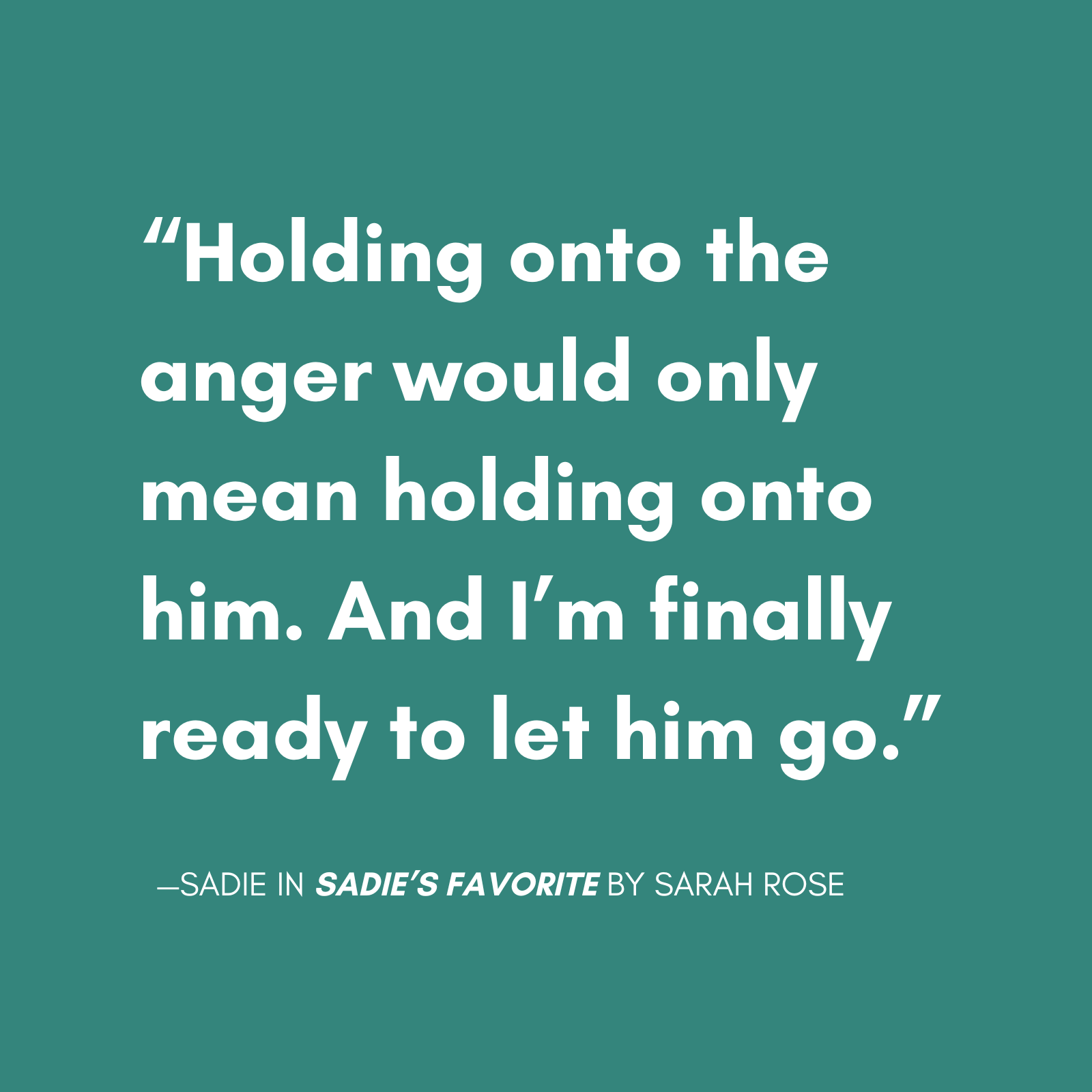

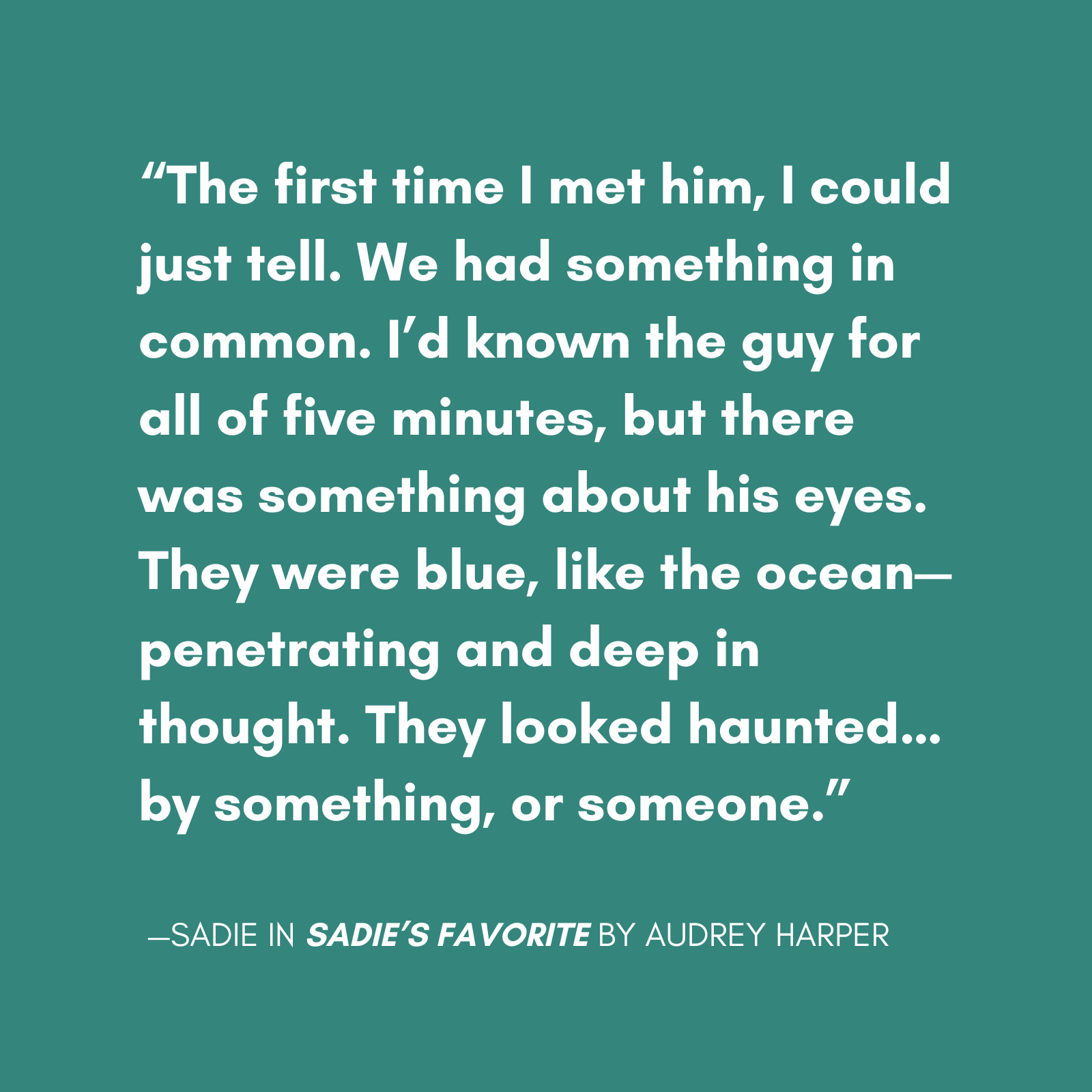
Sadie’s Favorite: A Novel + Original Soundtrack is a character-driven story about BPD recovery, trauma bonds and breaking away from abuse.
Affirmations for Anger & BPD Rage
“I tell myself ‘this is not an emergency’ when I’m angry.”
“I make a point to not act when I’m angry.”
“There is only time for love, everyday.”
“I do not act out when I’m angry.”
“I do not call names when I’m angry.”
“I do not raise my voice or curse when I’m angry.”
“I do not push, punch, hit or slap when I’m angry.”
“I take a moment to breathe when I’m angry.”
(Read ‘A Guide to Radical Acceptance for People with BPD‘)
“Expressing anger while angry only escalates it.”
“I control myself when I’m angry.”
“I give myself space when I’m angry.”
“I tell people how I feel when angry, instead of resorting to verbal or physical abuse.”
“I am in control of myself, everyday.”
“There’s only time for peace, family and love.”
“I love my family, my friends and myself. I appreciate myself and everyone I love.”
“I work hard to control my temper so I can give my family what they deserve.”

“I speak calmly when I’m angry.”
“I’m level headed, patient and understanding.”
“I wait, breathe, then discuss.”
“I am slow to anger.”
If you’re a parent…
“I tell myself ‘kids need love most when they deserve it the least’ when I’m angry with my child.”
“I remember my child is acting out because he needs my help with overwhelming feelings. I do not respond to their anger with anger.”
BPD Recovery: Conclusion
I realize I’ve still got a long way to go. I can’t get so comfortable with my “wiser” self and BPD recovery, that I stop putting in an effort. Recovering from at least 19 years of distorted thought processes, intense anxiety and unhealthy habits is going to take much longer than 2 years.
Once upon a time before I knew any better, I’d let my natural BPD “all or nothing” tendencies take hold over every aspect of my life. If I was on a mission to be more or less of something, I’d have to do it perfectly. My thinking was always, “If it’s not perfect, why do it at all?”
So I want to remind myself that reducing the intensity of my BPD symptoms or my BPD rage will not be an overnight thing. Recovery of anything doesn’t happen linearly.
A bad day is a bad day. A good day is a good day. Treasure those. Try your best. Let some things slide. Accept what is. Breathe first. Talk it out. Let life go on.
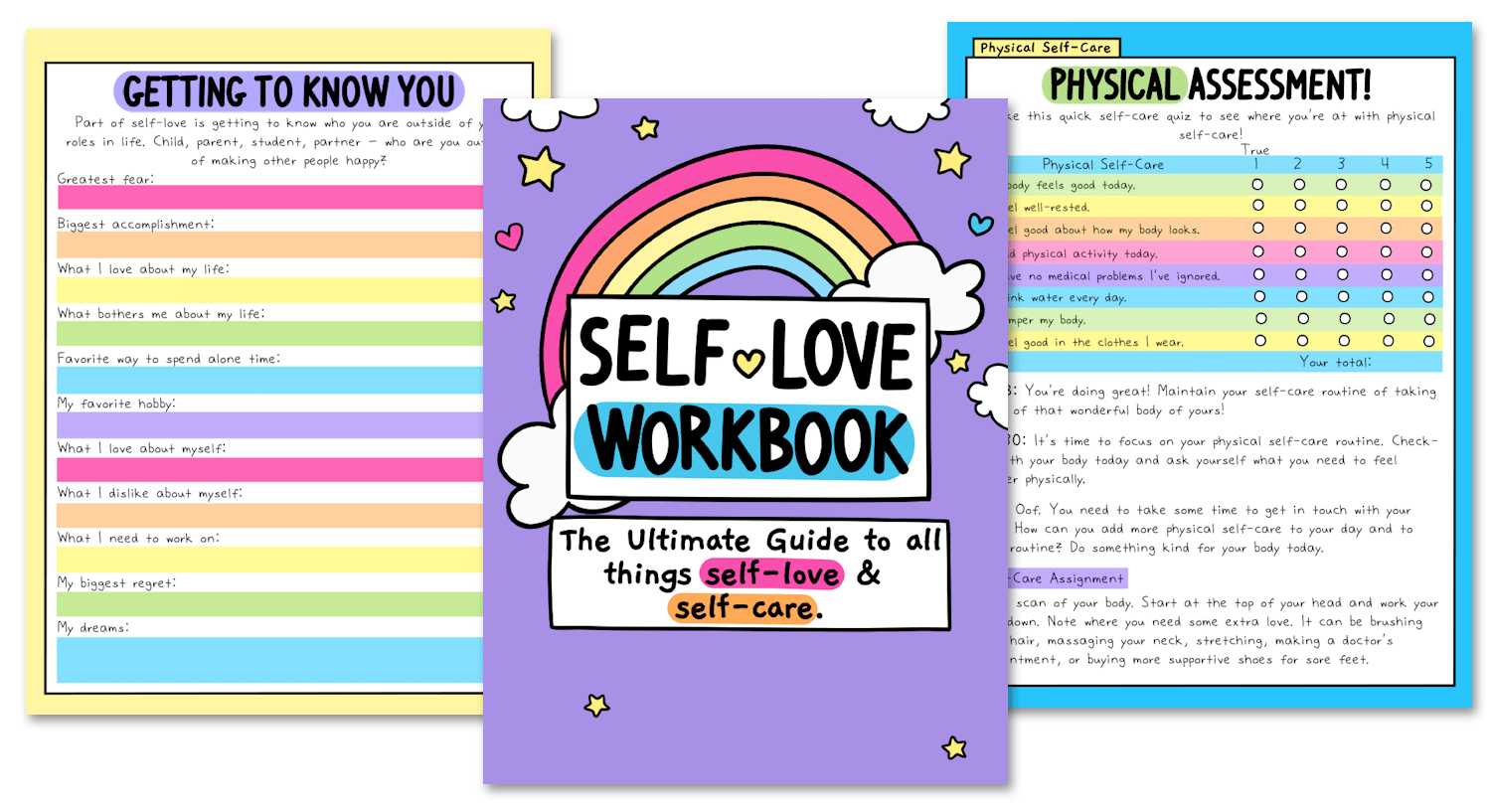
The Self-Love Workbook
This 103 page digital workbook comes with three different PDFs – full color, a version with no color backgrounds, and a black and white version (to save on printing costs). You get access to all three and you can print whichever one works for you!
DOWNLOAD NOW FOR $10Each .pdf is capable of being filled in digitally. With Adobe on your desktop computer or on an app like XoDo for your phone, you can type your answers into the .pdf and save your progress without ever needing to print it.
BPD Resources
BPD in Fiction: Sadie’s Favorite is a Novel + Original Soundtrack, that touches on BPD, favorite person (FP) relationships, healing after abuse, parenting and more. Written by Sarah Rose, creator of BPD Beautiful. Soundtrack performed by Them vs. Her.
BPD Coaching: Tackle your recovery goals and get support by booking a session with Sarah Rose.
Get 20% off your first month of BetterHelp. Get matched with a licensed therapist within 48 hours. Subscriptions as low as $65/week, billed every 4 weeks. Cancel anytime.
Manage your BPD symptoms with a printable workbook.
See our recommended list of books about BPD.
Start a Discussion
For those of you with BPD – do you have any tips to help with set backs? Please share your story or experience in the comments. I love connecting with others who also struggle with borderline personality disorder,
Pin This Post
Liked this post? Please help support BPD Beautiful and spread BPD awareness by pinning it on Pinterest.
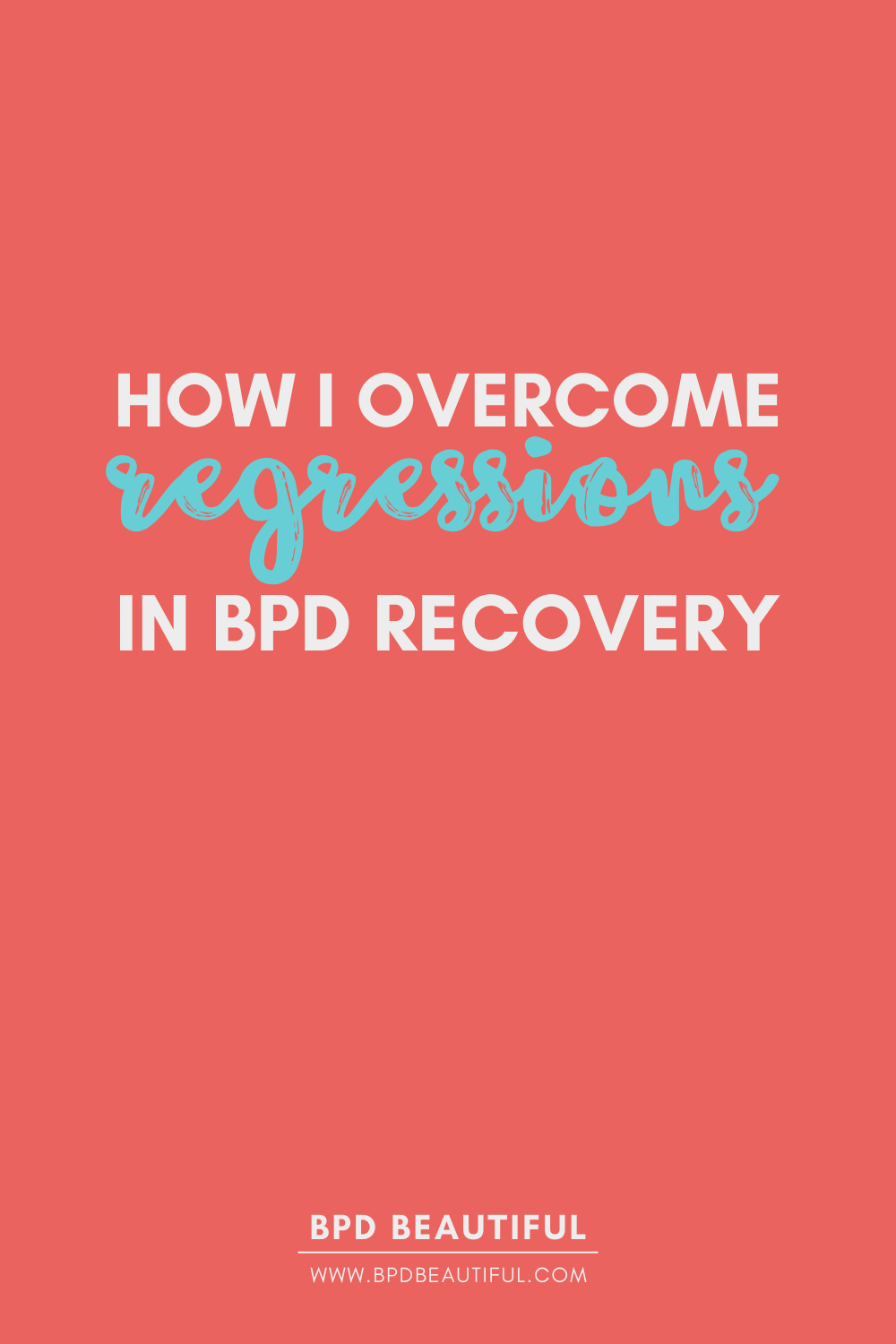



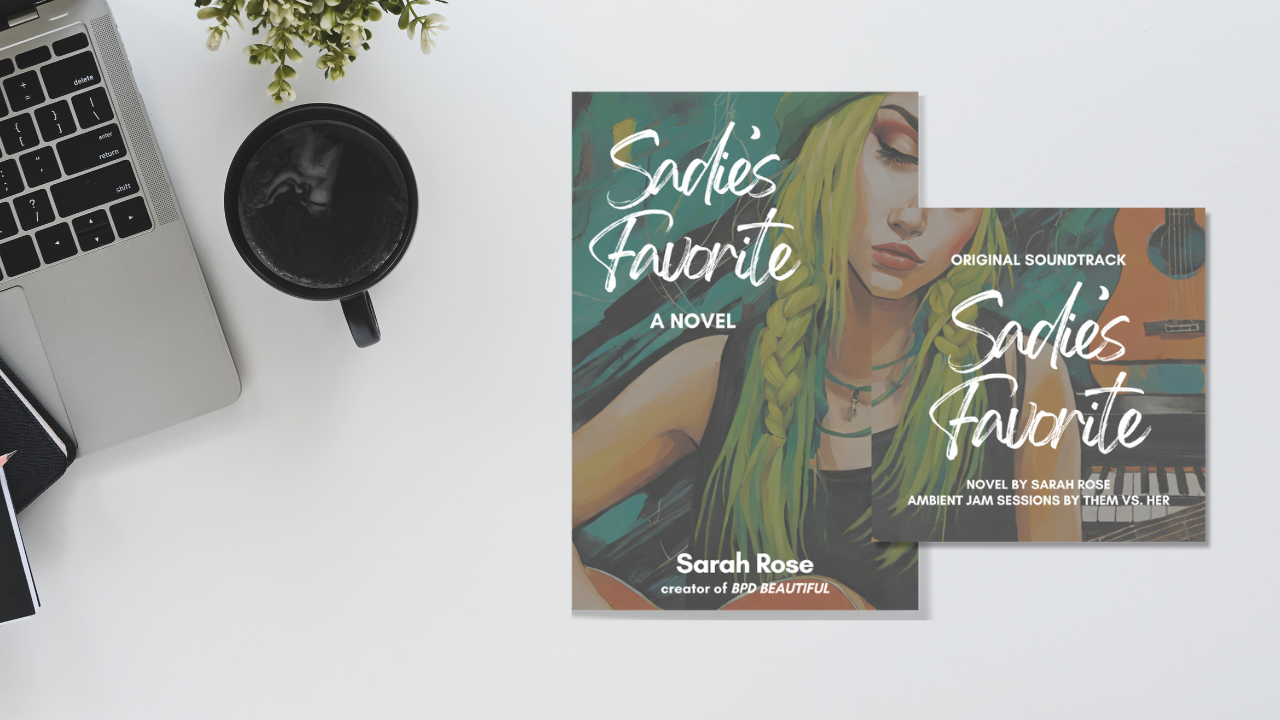
Comments
4 responses to “How I Overcome Regressions in BPD Recovery”